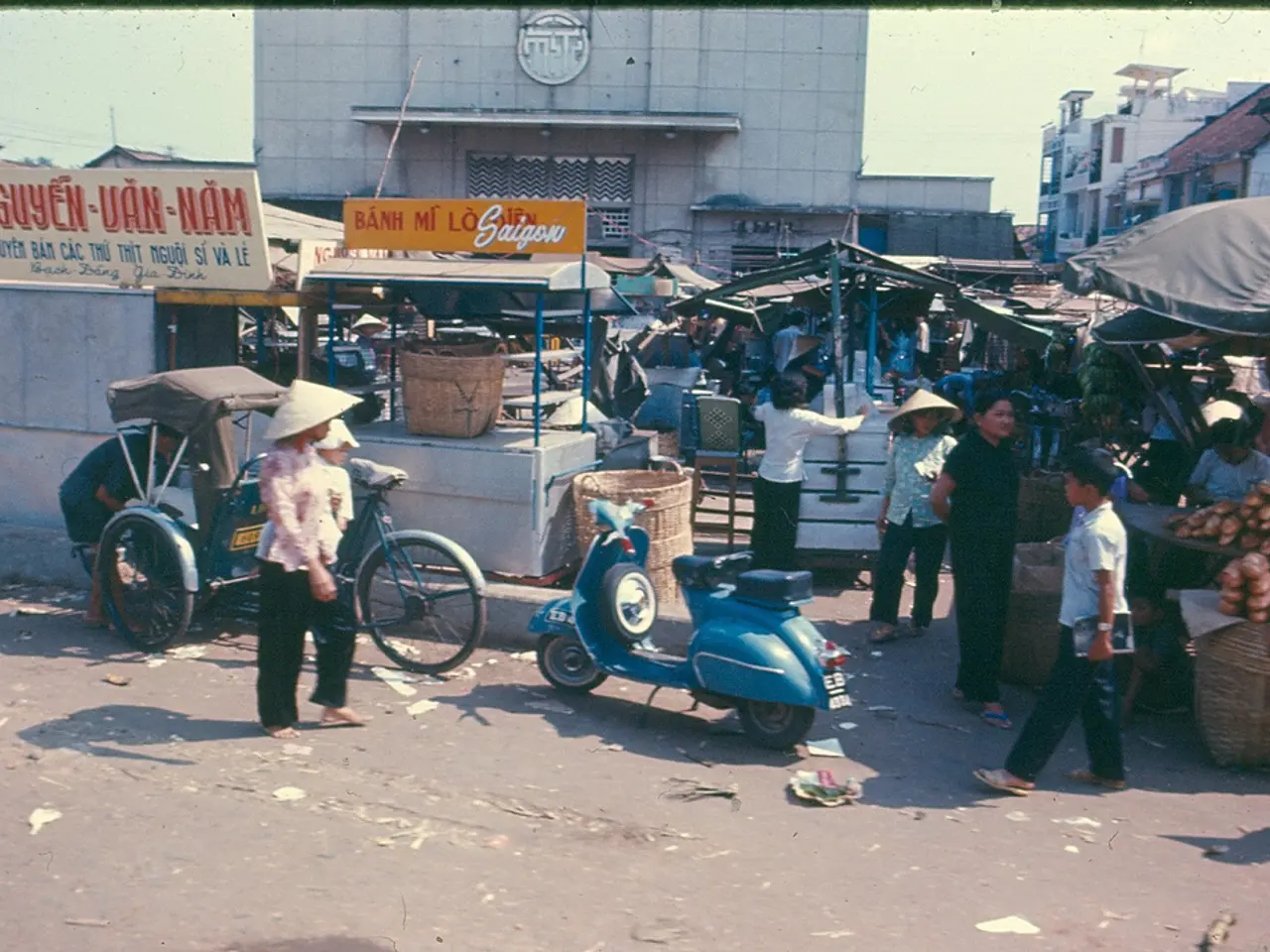Discovering Ideal Planter Bags for Your Vegetation
In the world of gardening, grow bags have emerged as a popular choice for both hobbyists and professionals alike. These versatile containers offer a range of benefits that make them an attractive option for those seeking a more efficient and effective way to grow a variety of plants.
Grow bags are designed to accommodate a variety of plants, including vegetables, herbs, and even some fruit-bearing dwarf trees and shrubs. The size of the grow bag depends on the type of plants being grown, with small bags suitable for small plants and large bags for flowerbeds.
One of the main advantages of using grow bags compared to traditional planters is improved aeration and root health. Grow bags are made of porous, breathable material that allows air to circulate through the root zone. This promotes air pruning of roots, preventing them from becoming root-bound as often happens in plastic pots, leading to healthier root systems.
Another advantage is better drainage and prevention of overwatering. The porous nature of grow bags allows excess water to wick out, reducing the risk of waterlogging and root rot. It’s more difficult to overwater plants in grow bags than in traditional plastic pots.
Grow bags are also highly portable and space-efficient. They are lightweight, easy to move, and ideal for small spaces like balconies or patios. They can be easily repositioned to optimize light exposure or protect plants from harsh weather.
Furthermore, grow bags are flexible in their use and seasonal adaptability. They are available in customizable sizes, can be used nearly anywhere (including concrete surfaces or raised beds), and work well with many types of plants.
In addition, grow bags reduce the risk of weed growth and soil-borne diseases compared to ground soil or traditional planters. Because they use special soilless media and are isolated, there is less risk of weeds and soil-borne diseases.
Easy storage and cost-effectiveness are also benefits of grow bags. They can be folded flat when not in use, are typically inexpensive, and suitable for temporary or seasonal gardening setups.
While traditional planters (usually plastic or ceramic pots) may not provide the same level of root aeration or drainage, they can be heavier and less portable, and have a higher risk of water retention issues that can harm plants.
Grow bags come in various sizes, with small bags accommodating up to 5 gallons and large bags up to 150 gallons. Plastic grow bags require piercing for drainage and are not eco-friendly due to the plastic material used. Fabric grow bags come in various sizes, and the thickness of the material varies, with some being thin enough only for smaller plants or delicate greeneries, while others can stand on their own and accommodate medium to large sized plants.
Eco-friendly fabric grow bags can be purchased at online stores offering round and square grow bags made from breathable, sturdy material. Grow bags are beneficial for growers living in areas prone to severe weather conditions, as they yield superior crops on the cheap and are resistant to damage.
Grow bags allow for the growth of multiple plant varieties in one bag, making them suitable for mini vegetable patches where space is limited. They are widely available at local gardening vendors and online marketplaces like eBay or Amazon.
Potatoes and mushrooms have specialized grow bags designed for their growth due to the need for hilling and specific growth conditions. Grow bags are suitable for growers with mobility issues, as they are lightweight and easier to move around the garden.
Universal fabric grow bags are suitable for most types of plants and come in simple designs. There are grow bags specifically designed for certain crops, such as potato grow bags and mushroom grow bags.
Grow bags are more expensive than traditional planters, but they are versatile, durable, space-efficient, and do not conduct heat, enhancing plant growth. They can be arranged in rows if plants require different types of soil.
Fabric grow bags are designed for plants that hate standing water and are made from lightweight, breathable material that drains water well. Grow bags are ideal for urban gardens or container gardens due to their ease of movement and minimal maintenance requirements.
Garden cleanup and maintenance is easier with grow bags, as they inhibit weed growth and require minimal effort to maintain. In summary, grow bags are particularly advantageous for gardeners looking for better root health, improved drainage, portability, and flexibility in limited or non-ground spaces, though they may require more frequent watering due to their porous material.
- For urban lifestyles, grow bags offer a space-efficient solution for growing a variety of plants, including fashion-and-beauty plants like herbs and dwarf fruit-bearing trees, even on balconies or patios.
- While home-and-garden enthusiasts may opt for traditional planters for their main garden, grow bags are an eco-friendly choice for those seeking a more portable, flexible, and well-draining container for their gardening projects.




